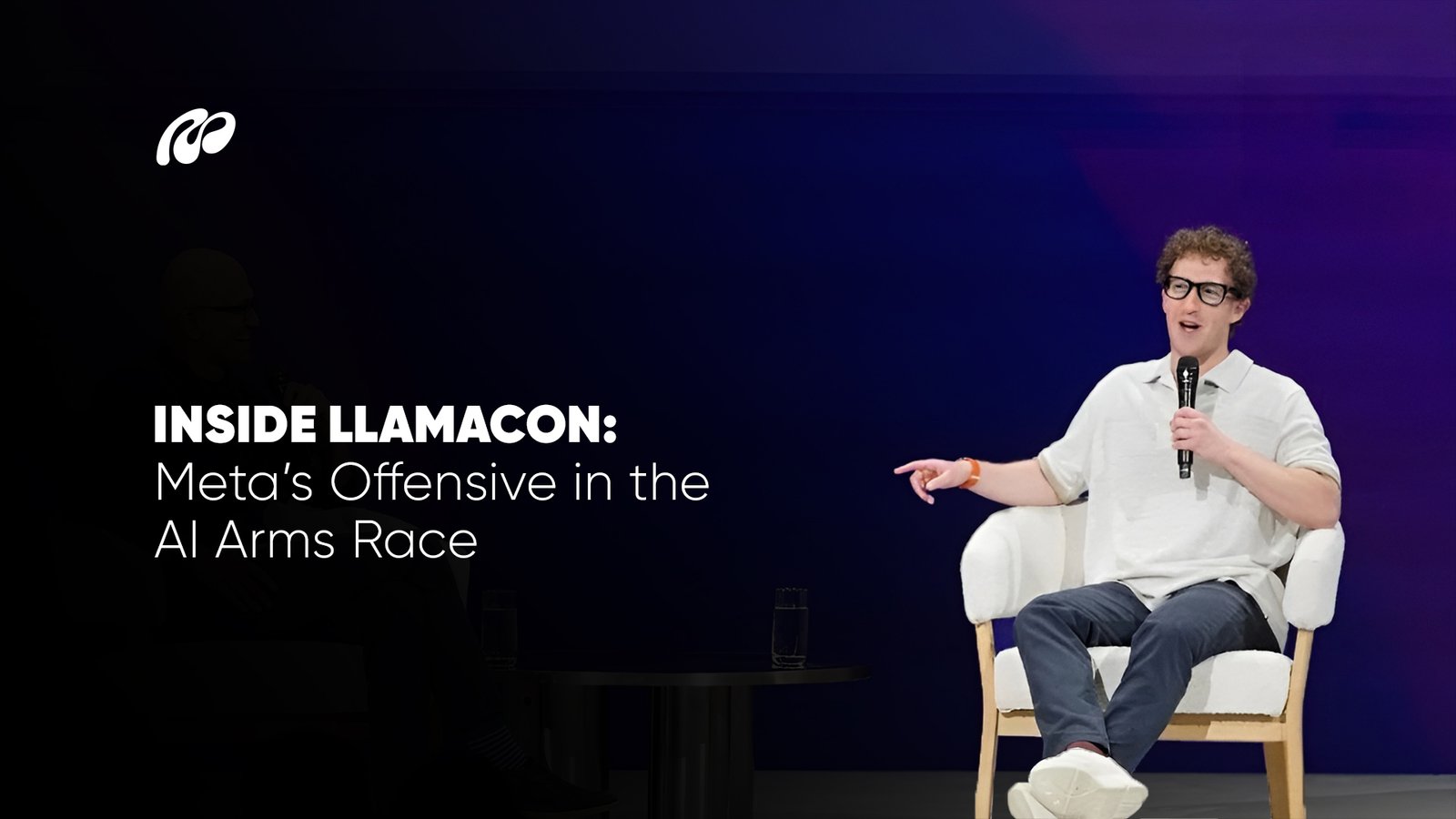Summary
- Meta launched LlamaCon, focusing on showcasing its open-source AI models.
- The event highlighted Meta’s strategy to compete with OpenAI by releasing Llama for public use.
- Meta’s open-source approach aims to foster broader AI development and attract more developers.
- The company seeks to challenge OpenAI and redefine AI innovation through a decentralized, open-source model.
Meta has launched its ambitious event, LlamaCon, as part of its strategic push to bolster its presence in the competitive open AI news. The event aims to showcase Meta’s innovative technologies, including the open-source LLaMA model, and to position the company as a leader in AI development. With OpenAI and other industry giants claiming significant portions of the market, Meta’s involvement in AI has been increasingly crucial. LlamaCon, held virtually, provides developers with a platform to dive deep into Meta’s latest advancements and tools, reflecting the company’s aggressive stance on AI. The event has sparked considerable attention, particularly regarding its attempts to undercut OpenAI and attract top talent and collaborators to Meta’s growing AI ecosystem. While ChatGPT and Bing Chat are widely recognized for their conversational capabilities, Meta’s LLaMA seeks to provide developers with a more open, customizable approach, enhancing flexibility and innovation in the field of AI development.
Meta’s Open-Source Gamble in the AI Power Struggle
Meta’s commitment to open-source AI development through LLaMA is seen as both a bold and strategic move in the ongoing AI arms race. The LLaMA model, Meta’s solution to large language models, is designed to offer a more transparent and accessible alternative to proprietary systems like OpenAI’s GPT models. As noted in the Mattrics news section, Meta aims to foster a collaborative environment by releasing LLaMA under an open-source license, encouraging broader participation and innovation in AI development.
This effort highlights Meta’s push for inclusivity, offering an alternative to closed systems. In comparison, Ignite Innovation with GenSpark AI represents a similar drive for open collaboration in the AI space, with a focus on enabling diverse development and faster advancements. Meta’s open-source approach with LLaMA aims to challenge dominant proprietary models by allowing greater customization and deeper experimentation, thus positioning the company as a key player in the future of AI applications.
Meta Responds to OpenAI’s Rise
The rapid rise of Open AI has prompted a strategic response from Meta, which has been working to redefine its AI strategy in recent months. As Open AI continues to push forward with its GPT models and gain significant media attention, Meta Force has adopted a more assertive approach. The launch of LLaMA and events like LlamaCon are key to Meta’s strategy of both responding to and undercutting OpenAI’s dominance in the field. While Meta has long been a leader in social media and technology, its AI investments and initiatives are now reflecting a shift toward a more competitive position. With its open-source models, Meta AI aims to provide greater transparency and broader access, hoping to shift the balance of power in its favor. To ensure its models remain competitive, Meta is also mindful of the importance of GPTZero accuracy, which serves as a tool to assess and refine AI performance.
As Mattrics continues to monitor advancements in AI technology, it will examine how these developments align with broader trends in AI technology. As Meta moves forward with LLaMA, it seeks to ensure its own AI models are robust, reliable, and competitive in an ever-evolving landscape. Through these efforts, Meta’s AI ambitions are firmly set on shaping the future of machine learning and artificial intelligence




